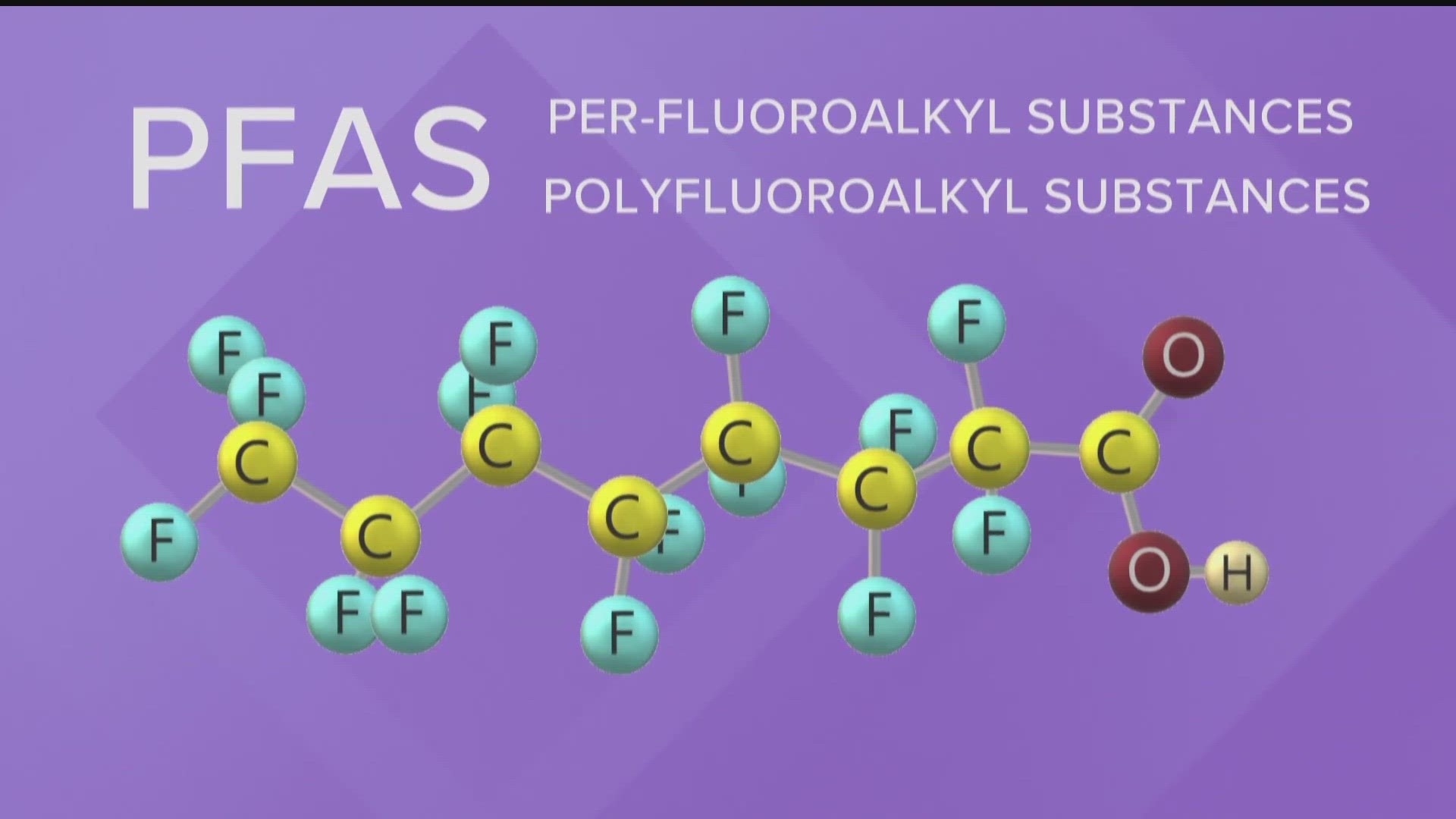MINNESOTA, USA — The Environmental Protection Agency announced new requirements to keep PFAS out of public drinking water.
PFAS, sometimes called “forever chemicals,” are found in several consumer products and have been linked to some types of cancer, kidney disease, and several serious health issues.
The EPA is proposing strict limits of four parts per trillion for the two most common types of PFAS.
The agency is also working on limits for four other PFAS types.
For years, the EPA has had recommendations and standards when it comes to healthy amounts of PFAS in public drinking water, but this is the first time the agency has announced the possibility of requirements that could be enforced.
“This is extremely significant,” says Jay Eidsness with the Minnesota Center for Environmental Advocacy.
"These levels from the EPA, these are those enforceable levels that you have to be under otherwise there will be consequences."
The Minnesota Department of Health (MDH) says Minnesota is already on its way to complying with these proposed requirements.
MDH and the Minnesota Pollution Control Agency have been monitoring PFAS levels for nearly 20 years with their own standards that are close to what the EPA is proposing.
“In Minnesota we’re a little bit behind. Our PFO value is set at 35 parts per trillion and the PFA is 15 parts per trillion, but both of those numbers are currently under re-evaluation. So, when that evaluation is complete, I wouldn’t be surprised to see our numbers closer to what the EPA is proposing,” says Sarah Fossen Johnson with the Minnesota Department of Health’s Health Risk Assessment Unit.
MDH says the main difference between the Minnesota standards and these new EPA requirements is the state standards are not enforceable by law.
"They have been non-enforceable, non-legally binding, but we've had great luck, great success rate with public water supplies still wanting to comply,” says Sandeep Burman with the Minnesota Department of Health’s Drinking Water Protection Program.
MDH says Minnesota is ahead of most other states when it comes to following these new EPA requirements.
Some states have no standards or recommendations whatsoever, so water utilities in those states may have a more difficult time making these adjustments.
MDH says these changes will be costly for water utilities and communities.
Burman says many utilities and communities will have to invest in new equipment and treatment facilities to meet these strict standards.
“Treatment facilities are expensive to build. They are quite the capital investment,” Burman says.
The federal government is setting aside $10 billion in funding to help, but state officials say that likely won't cover all the equipment that will be needed.
However, this isn't a done deal.
The EPA announcement on Tuesday kicked off a 60-day comment period where the public can weigh in.
After that comment period is over the EPA will take those comments into consideration.
The agency will make its final decision by the end of the year and then water utilities and communities will likely have one to three years to make these adjustments.
To learn more about Minnesota’s standards and recommendations for PFAS, check out MDH’s interactive dashboard.
You can also check out Minnesota’s PFAS Blueprint from the Minnesota Pollution Control Agency.

